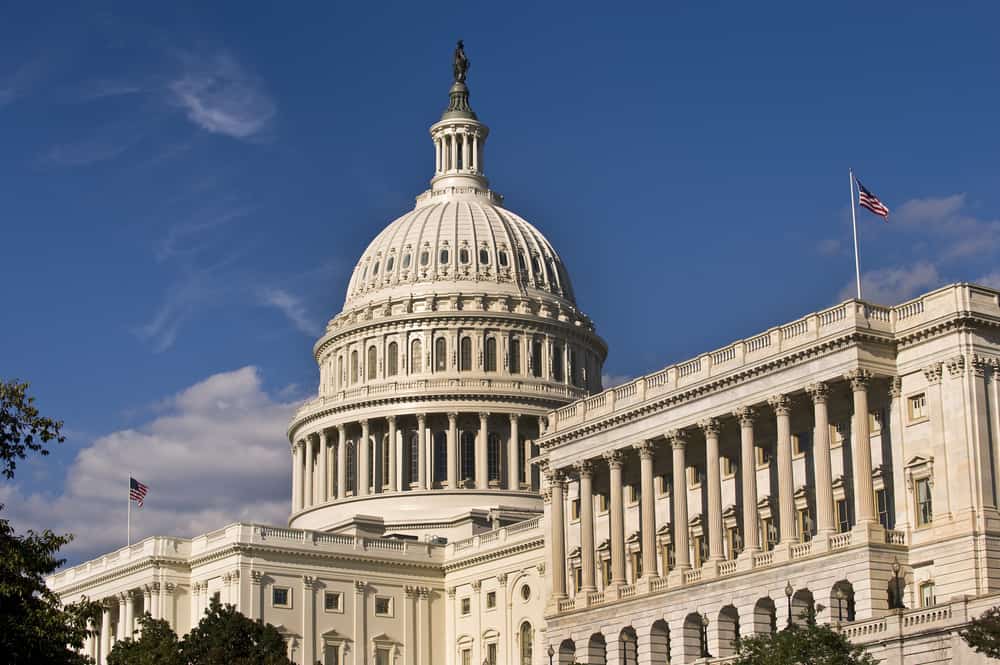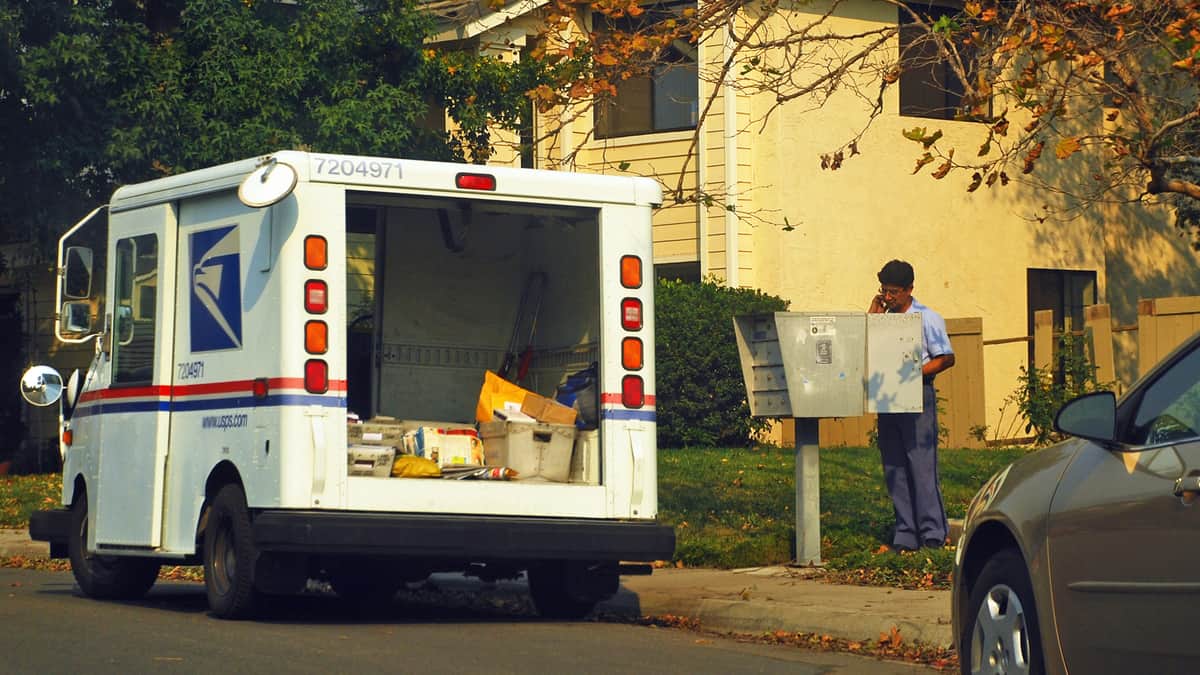The U.S. Postal Service (USPS) will receive a $10 billion line of credit under the U.S. Senate’s $2.1 trillion coronavirus economic relief legislation passed late on the evening of March 25, disappointing those who hoped USPS would receive as much as $25 billion in direct aid and the forgiveness of $11 billion in debt.
Under the Senate’s version, the $10 billion will be tacked on to the $4 billion that remains from USPS’ original $15 billion credit line from the U.S. Treasury, according to an industry communique reviewed by FreightWaves. Along with $8 billion of cash it has on hand, USPS would have about $22 billion in liquidity that would hopefully get it through the 2020 calendar year and possibly into 2021 even if its volumes decline further, the communique said.

The House of Representatives will begin deliberating the Senate’s version on Friday, March 27. The House’s version of coronavirus relief had called for $20 to $25 billion to reimburse USPS for lost revenue, as well as $11 billion in debt relief. The measure would have reset the Postal Service’s borrowing limit with the Treasury Department at $15 billion and eliminated an annual $3 billion borrowing ceiling. It would also have required the agency to prioritize medical deliveries, and to establish “temporary delivery points” and flexible staffing procedures if the novel coronavirus affected its operations.
The original Senate package had requested $13 billion in aid.
It is unclear why the Senate decided to adopt a scaled-back version. The Trump administration and Senate Republicans have criticized Democrats for attaching provision they said were not directly related to addressing the current crisis. There may be another opportunity for USPS to receive some level of aid because it is unlikely to be the last Congressional rescue plan, according to the communique.
USPS did not return a request for comment.

In a letter sent Monday to Senate Majority Leader Mitch McConnell (R-Kentucky), Reps. Carolyn B. Maloney (D-New York) and Gerald E. Connolly (D-Virginia) said they were told by USPS officials that mail volumes have declined so rapidly that it would likely “not survive the summer” without “immediate help from Congress and the White House.” The letter did not quantify the decline.
In the letter, the Democratic lawmakers said Americans rely on USPS to “deliver vital goods and services each day, including more than one million life-saving medications just last year.” They added that “merely increasing the ability of the Postal Service to borrow money” will not resolve the current crisis.
Maloney, who chairs the House Oversight and Government Reform Committee, represents areas of New York City especially hard hit by the coronavirus.
USPS limped into 2020 with a continued decline in its core first-class mail and marketing mail traffic, as well as weakening in its once-stalwart package delivery business. USPS has relied heavily on large-scale partners like FedEx Corp. (NYSE:FDX), UPS Inc. (NYSE:UPS) and Amazon.com, Inc. (NASDAQ:AMZN), to induct parcels deep into the postal infrastructure for last-mile deliveries to residences and businesses. The companies use USPS’ universal-delivery network to provide deliveries without the cost of dispatching their drivers and vans. Much of the growth in the USPS product, known as “Parcel Select,” has come from the continued surge in e-commerce fulfillment demand.
However, in recent years UPS and FedEx have created algorithms that sense when a shipment normally handled by USPS is bound for a location already on or near UPS and FedEx routes, enabling the companies to divert those parcels. The intelligence helps build in-house density for the carriers, but robs USPS of large amounts of traffic.
FedEx has already announced it plans to migrate all of its USPS business in-house by the end of 2020. UPS continues to use USPS.

Meanwhile, Amazon has been shifting much of its high-density urban delivery business into its own network, leaving USPS with lower-density suburban and rural deliveries that are more costly to operate but which USPS must serve nonetheless. According to a study by consultancy Rakuten Intelligence, as of May 2019, USPS handled about one-third of Amazon’s deliveries, down from 60% at the end of 2016. By contrast, Amazon’s self-handling share had jumped to 47.6% from 20%, according to the study. The Rakuten findings received a great deal of publicity, although none of the companies or third-parties in the field have been able to verify them.
In its fiscal 2020 first quarter, which covered the holiday shipping season, USPS reported a 2.3% year-over-year increase in shipping and package revenue despite a 4.6% drop in volumes. In its fiscal 2019 third quarter, USPS reported its first year-over-year drop in package volumes in nine years.
Ironically, in early February the House of Representatives had overwhelmingly passed postal reform legislation – the “USPS Fairness Act” – the centerpiece of which repealed a 2006 federal requirement that USPS set aside $72 billion between 2007 and 2016 to pre-fund employee retirement health care costs for the subsequent 75 years. The requirement, to which no other government agency is subject, dramatically drove up USPS’ losses during that period. The provision financially hobbles it to this day.
In December 2018, President Trump’s postal reform task force upheld the funding status quo, calling it “part of a mandate for postal self-sustainability.” However, the task force also recognized that the aggressive and accelerated timetable for funding the mandate has proved unworkable. The members of the task force called for past deficits to be “restructured with the payments re-amortized with new actuarial calculation based on the population of employees at or near retirement age.”
A companion bill to the USPS Fairness Act in the Senate was introduced in February. However, everything on Capitol Hill has since been subsumed by the fiscal response to the coronavirus pandemic and the subsequent shutdown of large swaths of the country.










